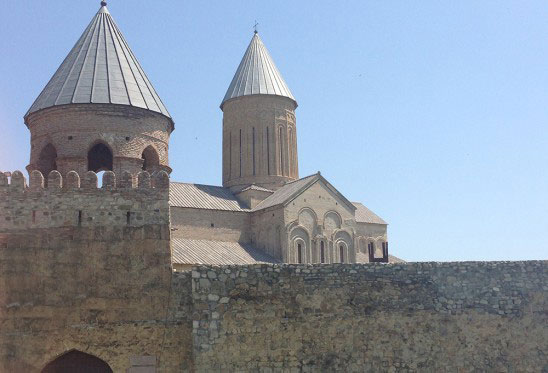Erik Thuno – Medieval Art History and the South Caucasus

The canon of medieval and Byzantine art, as currently defined by numerous art-history text books, only rarely incorporates—if at all—the artistic achievements of the South Caucasus. Whereas the architecture and manuscript illumination of medieval Armenia have attracted some attention, the monuments of Georgia remain obscure even to specialists in the field. The South Caucasus continues to be only peripheral to the art-historical discourse, and when included, the region is typically reduced to exemplifying one of the extremities of Byzantium’s influence. In this paper—while focusing on geography and chronology—Erik Thuno will briefly discuss the historiographical reasons behind this misrepresentation and then focus on the South Caucasus, not as a periphery but as a region in its own right, whose numerous and unique cross-cultural encounters situate it at the center of recent discussions on multiculturalism and globalism in medieval art. By examining a few case studies in both Armenian and Georgian art, he attempts to demonstrate that the South Caucasus has the potential to transform our ways of thinking about time and space in medieval art history and in the discipline more broadly.
Thuno is the Richard Krautheimer Professor at the Bibliotheca Hertziana (2014–15) and associate professor in the Department of Art History at Rutgers University.
The lecture will be given in English. This event is in collaboration with the Bibliotheca Hertziana, Max Planck Institute for Art History.